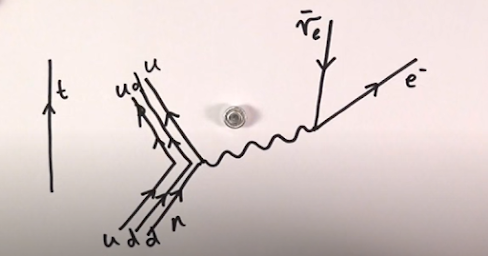Discover More: The Electron-Ion Collider - A precision tool for studying the 'glue' that binds visible matter
The Electron-Ion Collider:
A precision tool for studying
the 'glue' that binds
visible matter
Date Posted: 22nd March 2022
The Electron-Ion Collider (EIC), planned to be built at the U.S. Department of Energy's (DOE) Brookhaven National Laboratory (BNL) will be the most advanced tool for studying protons and neutrons, providing remarkable insight into how those particles' internal building blocks—and the gluelike force that holds them together—build up the structure of nearly all visible matter in the Universe.
There is so much in the original article that I cannot cover every aspect while summarising it all here, but here are the different areas the article touches upon:
- Quarks are nearly massless and gluons have no mass, so from where does the proton gets its mass?
- Quantum Chromodynamics (Coloured Charge)
- Strong Force/Gluons
- The spin of quarks and gluons can only explain 40-50% of the total spin of a proton, so what about the rest of it?
- Gluon Density/ Gluon Saturation
- Features of the EIC
- EIC design
- Societal Benefits of the EIC
In fact, since this topic aligns perfectly with the point we are at in the weekly updates of the blog, I will definitely include these topics in more detail in my weekly posts!
Source: Brookhaven National Laboratory
Read More on phys.org: Click here!
Citation:
staff, S. X. (2022, March 4). The Electron-Ion Collider: A precision tool for studying the “glue” that binds visible matter. Phys.org; Phys.org. https://phys.org/news/2022-03-electron-ion-collider-precision-tool-visible.html
(Not Sponsored)


Comments
Post a Comment